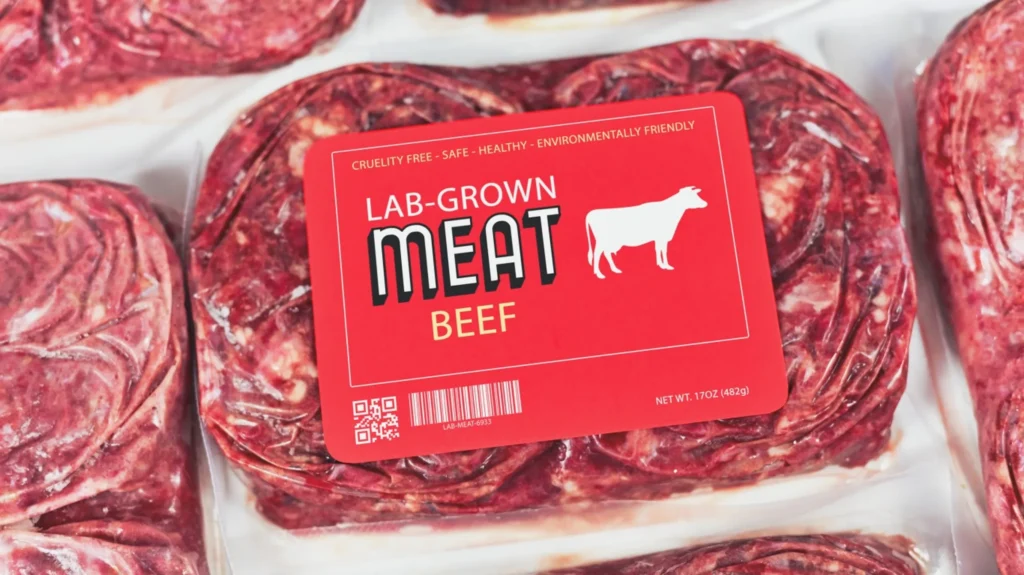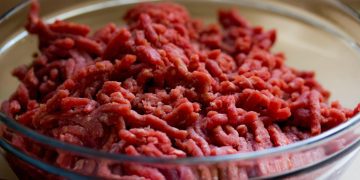Note: This article appeared in Grow, Wisconsin’s magazine for Life Sciences
Plant-based protein and “meat-alternative” products have streamed into the marketplace in recent years. This trend has been driven in part by world population growth and the quest to meet the increased demand for protein that comes with it. It also stems from the search for options perceived as more sustainable or environmentally friendly than animal-based protein. Another new product on the horizon is lab-grown meat, also known as cell-cultivated or cultured meat.

Here are a half dozen facts about cultured meat for the curious consumer.
- Cultured meat is a relatively new idea (about 20 years old) but uses technology that’s been around for more than a century. It involves gathering cells from an animal and raising them in a bioreactor, a typically stainless-steel vessel with the proper environment for growing tissues. The end goal is to produce food that closely mimics meat products traditionally derived from harvesting animals.
- Cells used for cultured meat can be derived from various kinds of stem or precursor cells. These cells are found in animal embryos, bone marrow, or muscle tissue. Suitable cell lines are selected from a tissue biopsy and then transferred to a bioreactor. Next, the animal cells are cultured (this involves cell isolation, growth, differentiation, and maintenance) in a bioreactor’s controlled environment, which is sterile, warm, and humidified and contains abundant nutrients.
- After the cells are grown, they can be used as raw food materials in unstructured meat products or used to develop 3D structured tissues. Unstructured meat products include chicken nuggets and hamburgers. Common examples of 3D structured tissues are steak and pork chops. 3D tissue structuring — also called tissue engineering or tissue synthesis — embeds cells within a scaffold that simulates connective tissue. These living tissues are matured in another bioreactor to form simulated meat products.
- While the concept of producing cultured meat is simple, the implementation has proven to be very challenging. Cultured meat is not yet available for consumer purchase at retail or food service outlets primarily because the technology is still in the discovery stages. And the industry continues to face several hurdles, technological and otherwise.
- Scaling up the cell cultivation process is one of the biggest barriers to the production of cultured meat. Manufacturers are looking for ways to reduce expenses, including the costs of cell-growth media and the operation of large-scale biomanufaturing facilities. They also face difficulties in developing cell lines that can be propagated indefinitely and that have specific taste and nutritional characteristics. The disposal, recycling, and amelioration of waste products also present problems that need to be solved before cultured meat can go to market.
- Government oversight and labeling regulation also present challenges for the commercialization of cultured meat. Production methods span areas where both the Food and Drug Administration (FDA) and the U.S. Department of Agriculture (USDA) have regulatory authority. This creates a potentially complicated dual-agency regulatory approach. However, per a recent agreement, the FDA will oversee cell collection and propagation up to the point of harvesting, and the USDA will be responsible for all aspects of the end product, including food safety and labeling. That said, no decisions have been made on the appropriate labeling terms to be used for cultured meat, poultry, and seafood. So the official names we may see in the marketplace are anybody’s guess.

















